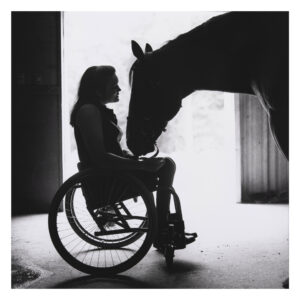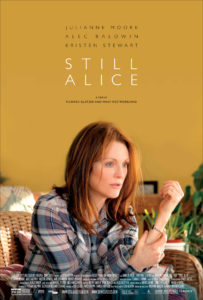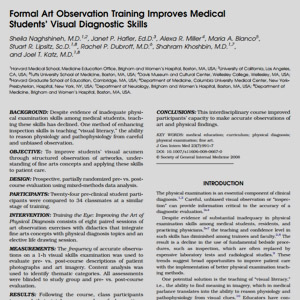
Can Swearing Be Professional and Patient-Centered?
Exploring the Role of Swearing in the Physical Therapy Clinical Setting by Nicholas B. Washmuth and Adam Meakins, et al, shines a light on a somewhat taboo subject. Is swearing ever appropriate in the physical therapy clinic? Might it actually help give a patient added strength and endurance during a difficult regimen? And what if the physical therapist curses to indicate empathy toward a patient’s challenges? The authors present evidence that some swearing may indeed produce ‘hypoalgesic’ effects in patients, such as increased pain tolerance and compliance.










